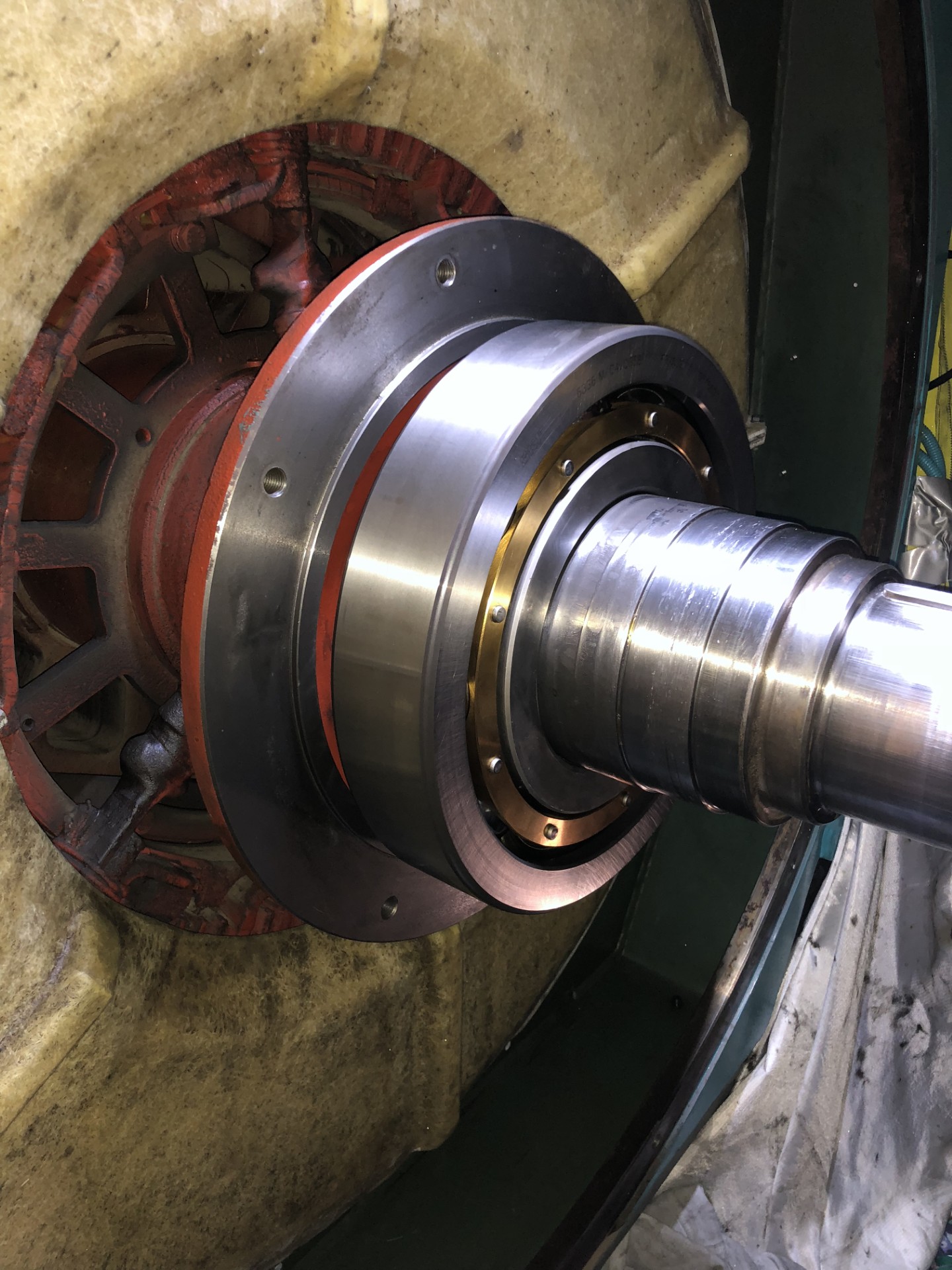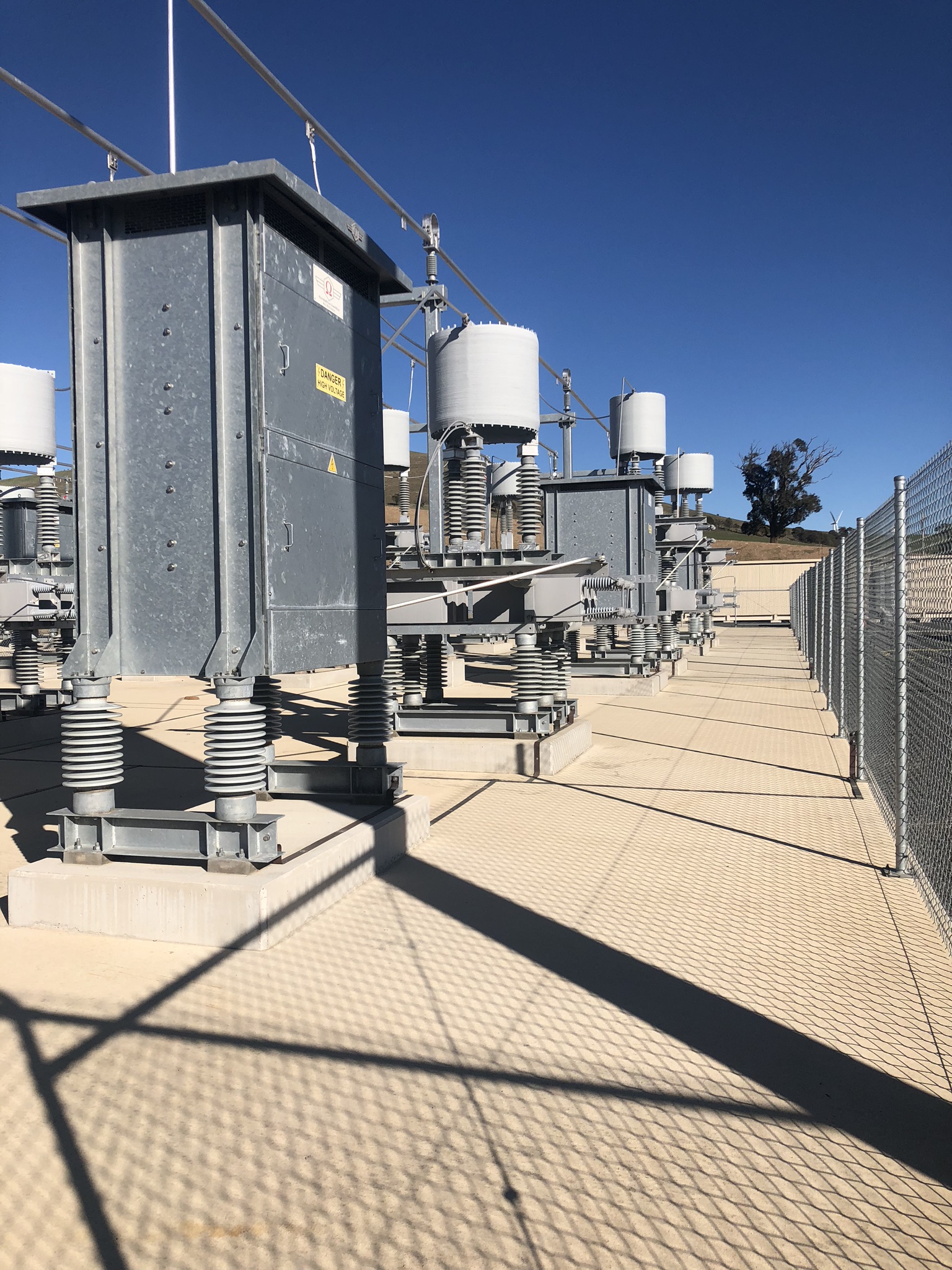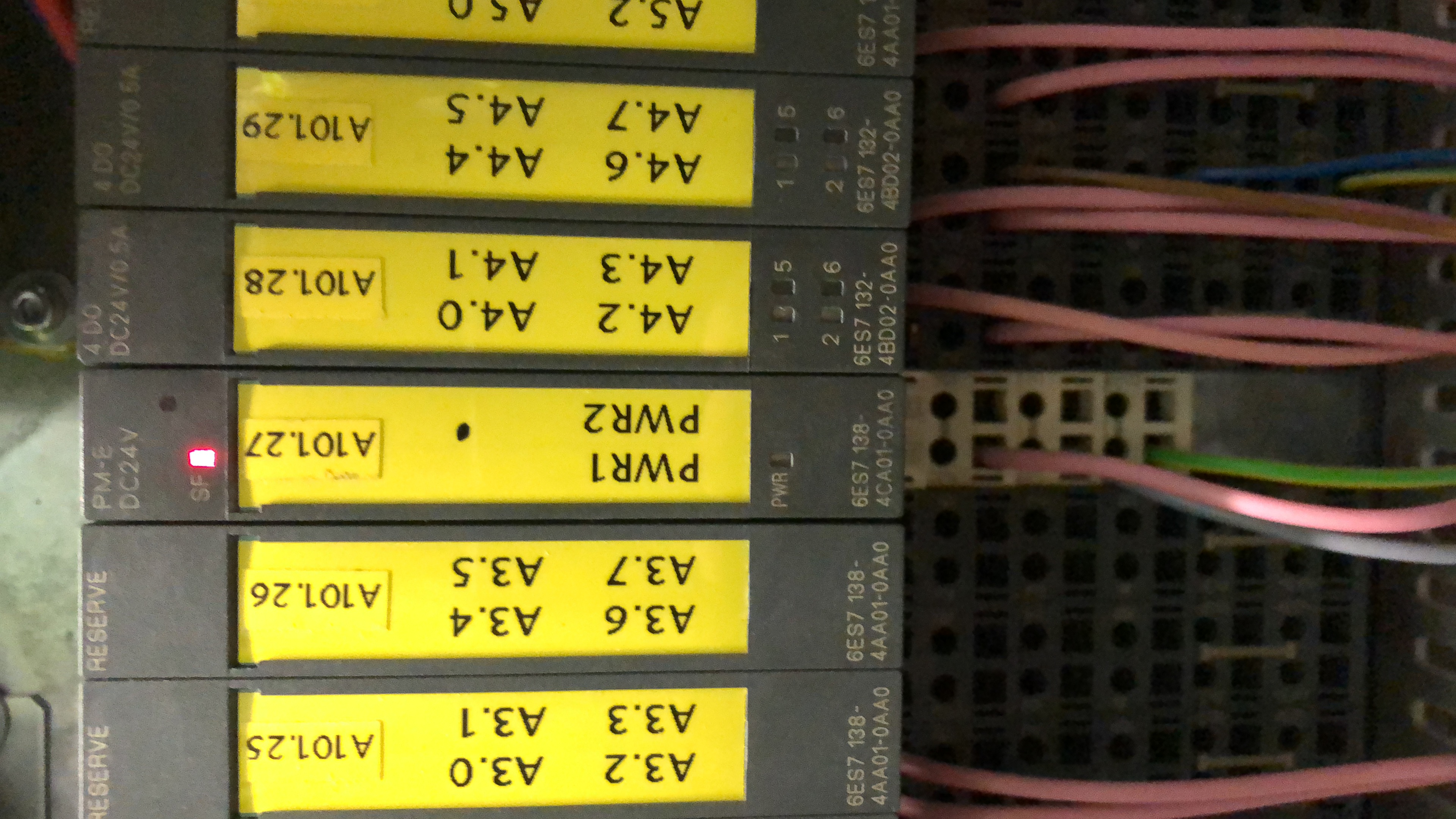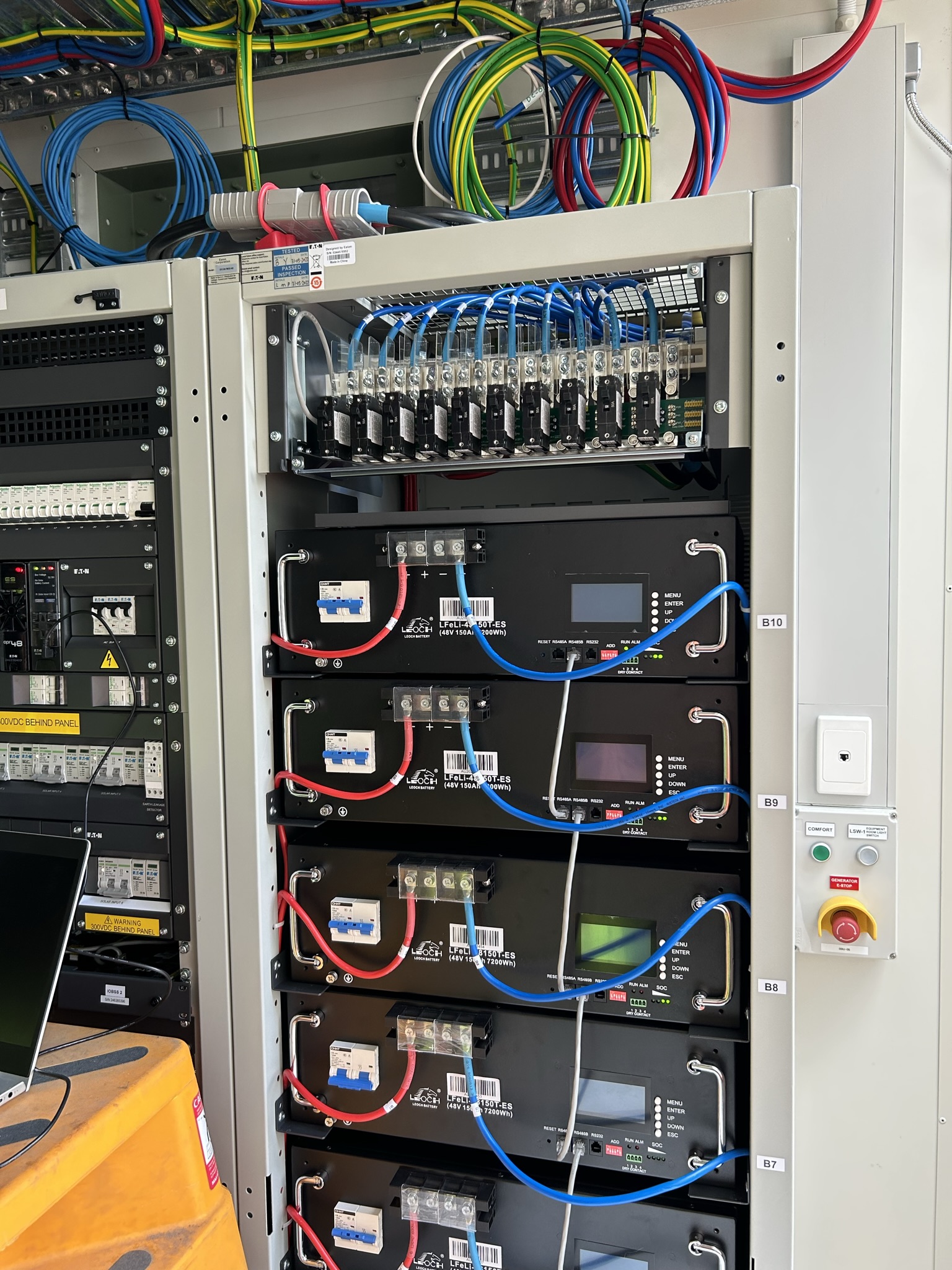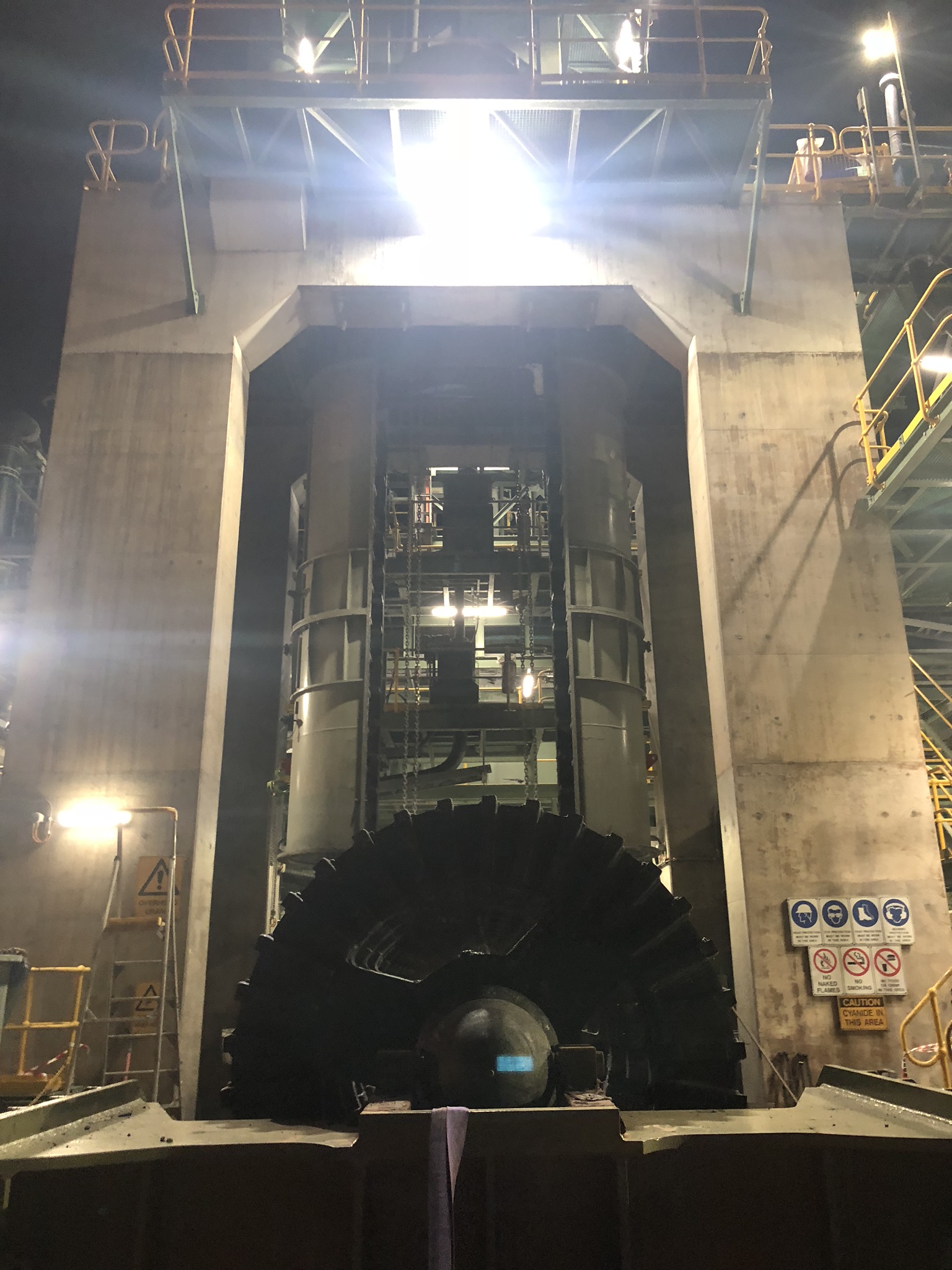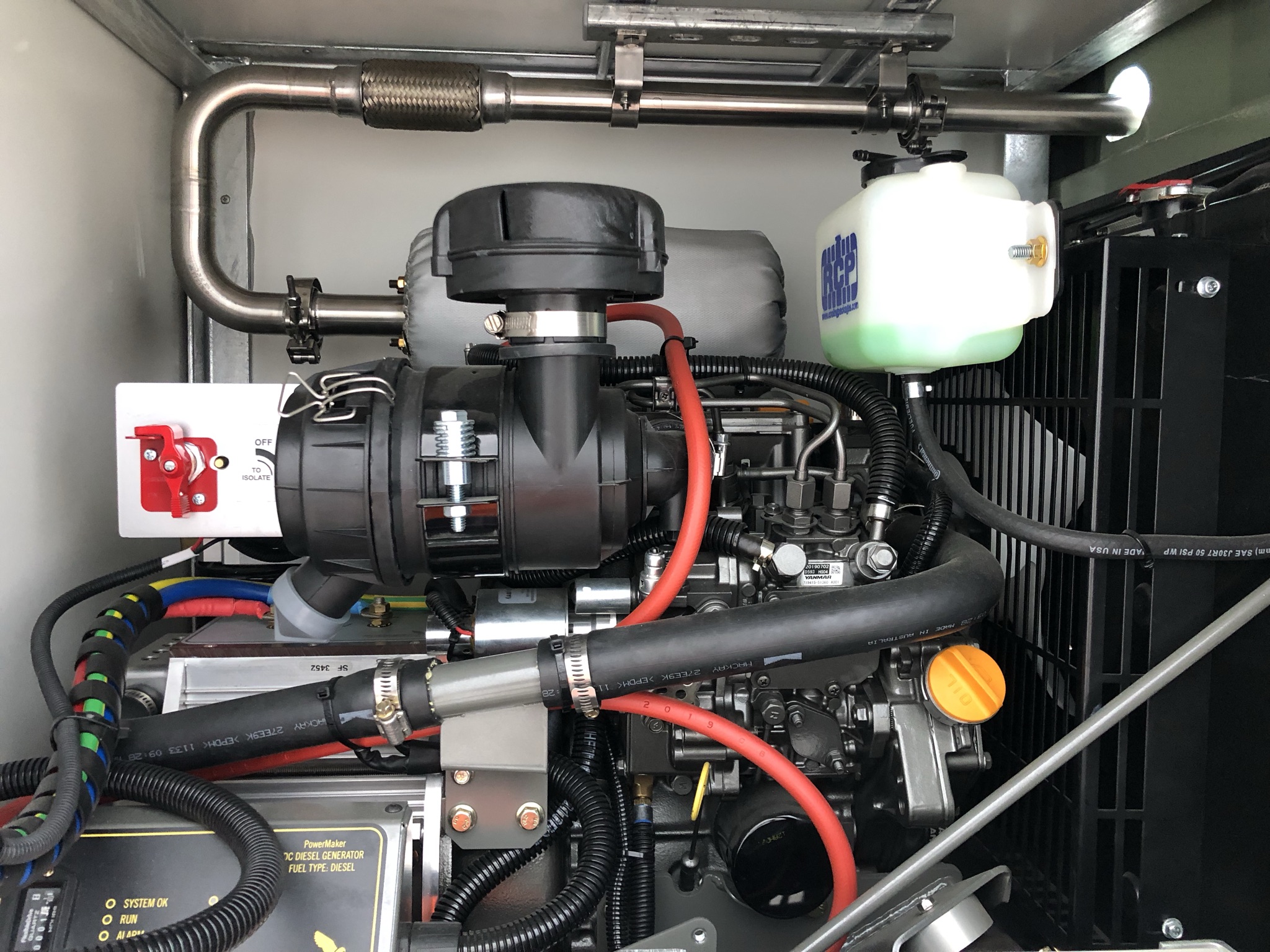Human-Machine Interfaces (HMIs) are systems that enable communication and interaction between humans and machines in industrial, commercial, and consumer environments. They provide a user-friendly interface to monitor, control, and manage processes, machinery, or devices, often through graphical displays, touchscreens, buttons, or keyboards. HMIs are widely used in manufacturing plants, energy systems, transportation networks, and more, serving as a bridge between operators and complex automated systems.
One of the key roles of HMIs is real-time visualization of data and system status. Through graphical representations such as charts, animations, and dashboards, operators can monitor critical parameters like temperature, pressure, speed, or production rates. This capability not only improves situational awareness but also facilitates quick decision-making. For example, in a manufacturing process, an HMI can display an alert if a machine exceeds its normal operating conditions, allowing the operator to intervene promptly.
Modern HMIs are equipped with advanced functionalities that enhance their versatility and integration. They often include features such as multi-touch screens, customizable user interfaces, remote access, and compatibility with various industrial protocols like OPC-UA and Modbus. These features enable HMIs to work seamlessly with Supervisory Control and Data Acquisition (SCADA) systems, Programmable Logic Controllers (PLCs), and Internet of Things (IoT) devices. Remote access, in particular, has become increasingly valuable, allowing operators to monitor and control systems from anywhere, improving efficiency and responsiveness.
The evolution of HMIs has also focused on improving user experience and safety. Intuitive design principles, such as clear navigation, consistent layouts, and real-time feedback, make it easier for operators to manage complex systems with minimal training. Additionally, HMIs often incorporate security measures like user authentication and role-based access control to protect sensitive processes from unauthorized access. As industries continue to embrace digital transformation and smart manufacturing, HMIs play a crucial role in ensuring efficient, safe, and user-friendly interaction with automated systems.

.svg)




.svg)
.svg)
.svg)



